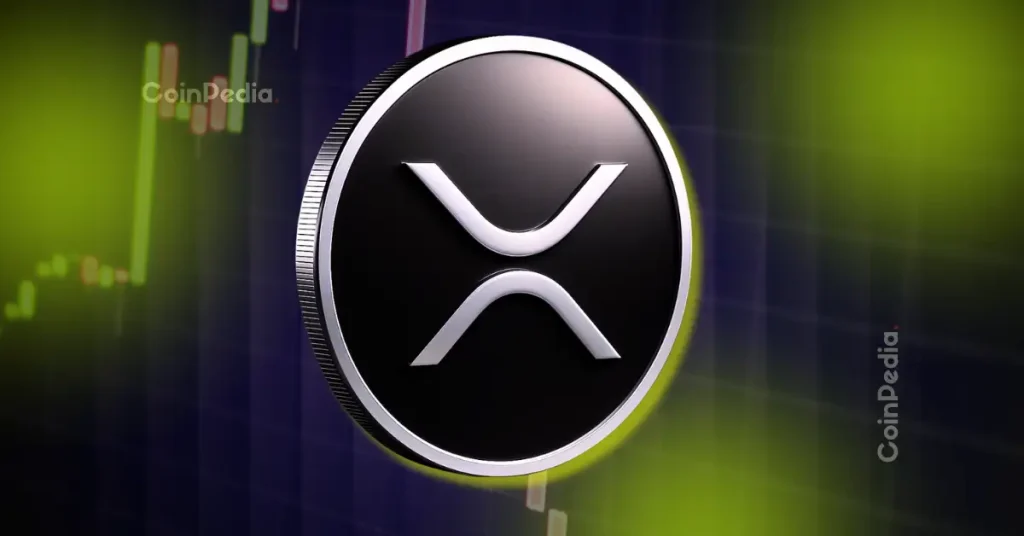USDe Circulating Supply Plummets: The Shocking 40% Drop That Reveals Market Vulnerabilities
BitcoinWorld
USDe Circulating Supply Plummets: The Shocking 40% Drop That Reveals Market Vulnerabilities
The cryptocurrency world received a jolting revelation in October as Ethena’s USDe circulating supply experienced a dramatic 40% decline. This staggering drop in USDe circulating supply has sent ripples through the DeFi community, raising crucial questions about the stability of algorithmic stablecoins and their revenue models in turbulent market conditions.
What Caused the USDe Circulating Supply Collapse?
Market instability emerged as the primary culprit behind the shrinking USDe circulating supply. According to DL News reports and analysis from Colin Butler, Mega Matrix’s head of global financing, the protocol’s fundamental revenue mechanism faced significant pressure. The declining USDe circulating supply directly correlates with reduced incentives for holders, creating a challenging cycle for the stablecoin’s ecosystem.
The core issue lies in USDe’s unique revenue generation model. The protocol primarily earns through:
- Perpetual futures funding rates
- Yield distribution to depositors
- Market-neutral strategies
How Do Funding Rates Impact USDe Circulating Supply?
When perpetual futures funding rates decrease or turn negative, the consequences for USDe circulating supply become immediately apparent. The protocol’s revenue stream shrinks, which subsequently reduces the yield paid to staked USDe holders. This creates a domino effect where:
- Lower yields discourage new deposits
- Existing holders seek better opportunities
- The overall USDe circulating supply contracts
This mechanism explains why the USDe circulating supply fell so dramatically during October’s market volatility. Investors quickly responded to the changing yield environment by reallocating their assets to more profitable alternatives.
What Does This Mean for Stablecoin Investors?
The sharp decline in USDe circulating supply serves as a crucial lesson for cryptocurrency investors. It highlights the inherent risks associated with yield-dependent stablecoins during market downturns. The situation demonstrates that even innovative DeFi protocols can struggle when market conditions turn unfavorable.
However, it’s important to recognize that fluctuations in USDe circulating supply are part of the natural market cycle. As funding rates normalize and market stability returns, we may see the USDe circulating supply begin to recover. The key question remains whether investors will regain confidence in the protocol’s ability to generate sustainable yields.
Key Takeaways from the USDe Circulating Supply Drop
The 40% reduction in USDe circulating supply offers valuable insights for the entire cryptocurrency ecosystem. This event underscores the importance of:
- Diversified revenue models for DeFi protocols
- Transparent risk disclosure to investors
- Robust stress testing for market downturns
- Alternative yield sources beyond funding rates
The future of USDe circulating supply growth depends on the protocol’s ability to adapt to changing market conditions and restore investor confidence through consistent performance.
Frequently Asked Questions
What exactly is USDe circulating supply?
USDe circulating supply refers to the total amount of Ethena’s USDe stablecoin available and actively trading in the market at any given time.
Why did USDe circulating supply drop 40% in October?
The drop occurred due to declining perpetual futures funding rates, which reduced yields and made holding USDe less attractive to investors.
Is USDe still a safe investment after this drop?
Like all cryptocurrency investments, USDe carries risks. The circulating supply fluctuation highlights the importance of understanding the protocol’s revenue model and market dependencies.
Can USDe circulating supply recover from this decline?
Yes, as market conditions improve and funding rates become more favorable, the circulating supply could potentially recover through increased investor participation.
How does USDe differ from traditional stablecoins?
USDe generates yield through derivatives strategies rather than holding traditional assets, making its value proposition and risk profile different from asset-backed stablecoins.
What should investors monitor regarding USDe circulating supply?
Investors should track funding rates, protocol revenue, yield percentages, and overall market sentiment to gauge the health of USDe circulating supply.
Found this analysis of USDe circulating supply trends helpful? Share this article with fellow cryptocurrency enthusiasts on Twitter and LinkedIn to spread awareness about stablecoin market dynamics!
To learn more about the latest cryptocurrency trends, explore our article on key developments shaping DeFi protocols and their future market performance.
This post USDe Circulating Supply Plummets: The Shocking 40% Drop That Reveals Market Vulnerabilities first appeared on BitcoinWorld.
You May Also Like

Why Savvy Investors Are Bravely Buying The Dip Now

Ripple News: XRP Price Breaks Below $2 Amid ETF Race, Bitwise Trails Canary

